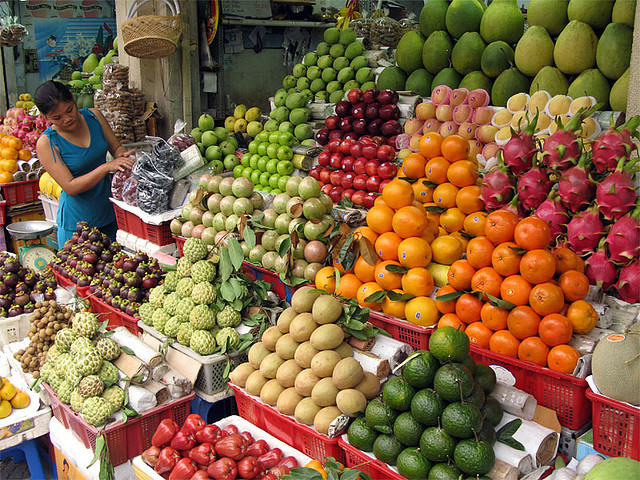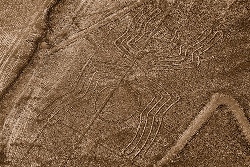 Nazca lines remain one of the world’s biggest mysteries. Theories about their purpose range from giant calendar to extraterrestrial landing strip. Lately it’s been discussed that they line are part of a water fertility cult. The lines are now a UNESCO World Heritage Site and one of the most popular travel destinations in Peru.
Nazca lines remain one of the world’s biggest mysteries. Theories about their purpose range from giant calendar to extraterrestrial landing strip. Lately it’s been discussed that they line are part of a water fertility cult. The lines are now a UNESCO World Heritage Site and one of the most popular travel destinations in Peru.
Location
On a high arid plateau stretching between Nazca and Palpa, spread over 500 sq km/193 sq miles, there are eight hundred straight lines, forming spectacular drawings of animals and plants (see the Spider in the photo).
Nazca is located at about 272 miles/440 km southeast of Lima.
>>book a cheap flight to Lima
Construction and history
The lines are thought to have been created by three different groups:
- the Paracas people 900-200 BC;
- Nazcas 200 BC-AD 600;
- the settlers from Ayacucho at about 630 AD.
The lines were discovered by the American scientist Paul Kosok in 1939 and have dazzled scholars ever since. Maria Reiche, a German mathematician, studied the lines for decades. She developed the theory according to which the lines were drawn to please the gods.
Visiting the lines
Please note that it’s prohibited to visit the lines on foot. They are almost imperceptible at ground level anyway. To view the lines you need to be up in the air. Several travel operators organize flights (lasting 30 minutes) which depart from Nazca’s airstrip in the morning and early afternoon. You can easily book a flight on the spot as there are many charter airlines offering such services.
A full day excursion in Nazca (departing from Lima), including a flight over the lines can cost up to US$250 per person.
If you don’t fancy paying to view the lines, you can catch a glimpse at the lizards, hands and several other figures, from a viewing platform located on the side of the Pan American highway.
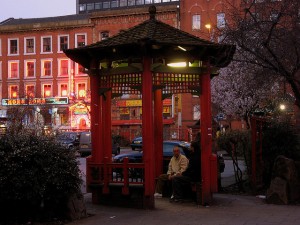 Although the first Chinese restaurants appeared in Manchester right after the World War II, it wasn’t until the 1970s that the streets surrounding Nicholas Street, Faulkner Street and George Street became a center of Chinese culture and cuisine.
Although the first Chinese restaurants appeared in Manchester right after the World War II, it wasn’t until the 1970s that the streets surrounding Nicholas Street, Faulkner Street and George Street became a center of Chinese culture and cuisine.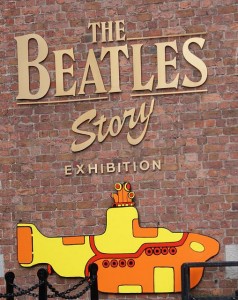 The Beatles are world famous and all music fans should consider a visit to Beatles Story Museum, which is filled with photographs, films and other memorabilia of the Liverpool boys. Songs like Yellow Submarine, Yesterday, Hey Jude, Let It Be, All You Need is Love or Please Mister Postman made history and are still enjoyed by the young generations.
The Beatles are world famous and all music fans should consider a visit to Beatles Story Museum, which is filled with photographs, films and other memorabilia of the Liverpool boys. Songs like Yellow Submarine, Yesterday, Hey Jude, Let It Be, All You Need is Love or Please Mister Postman made history and are still enjoyed by the young generations.  Hot dog stands rarely share clientele with the most exclusive restaurants in Los Angeles, but Pink’s Hot Dogs earn the business of even the most discerning patrons. Owned and operated by the Pink family since 1939,
Hot dog stands rarely share clientele with the most exclusive restaurants in Los Angeles, but Pink’s Hot Dogs earn the business of even the most discerning patrons. Owned and operated by the Pink family since 1939,  If you don’t think that Ivan Mestrovic deserves a place among the greatest sculptors in history, perhaps because you’ve never heard of him, consider the following: Mestrovic created over fifty monuments in only two years in Paris, he sculpted throughout his whole life, from the discovery of his wood hand carvings that he had created while tending a flock of sheep as a boy though his apprenticeship and University and two World Wars, even through his retirement to the countryside in Croatia. He was also the first person to have a one man exhibition at the Metropolitan Museum of Art in New York.
If you don’t think that Ivan Mestrovic deserves a place among the greatest sculptors in history, perhaps because you’ve never heard of him, consider the following: Mestrovic created over fifty monuments in only two years in Paris, he sculpted throughout his whole life, from the discovery of his wood hand carvings that he had created while tending a flock of sheep as a boy though his apprenticeship and University and two World Wars, even through his retirement to the countryside in Croatia. He was also the first person to have a one man exhibition at the Metropolitan Museum of Art in New York. The Los Angeles County Museum of Art (LACMA) features a little bit of everything in displaying more than 100,000 pieces of art from around the world and across many different disciplines and time periods.
The Los Angeles County Museum of Art (LACMA) features a little bit of everything in displaying more than 100,000 pieces of art from around the world and across many different disciplines and time periods.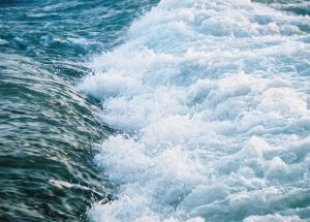 The big rubber rafts that Dalmatia Rafting supplies for your trip down the Cetina River are comfortable and soft and you might be reminded of the deck chair or lounger that you left behind on the beach in order to come out for a drift down the river. The similarities will soon leave your mind.
The big rubber rafts that Dalmatia Rafting supplies for your trip down the Cetina River are comfortable and soft and you might be reminded of the deck chair or lounger that you left behind on the beach in order to come out for a drift down the river. The similarities will soon leave your mind.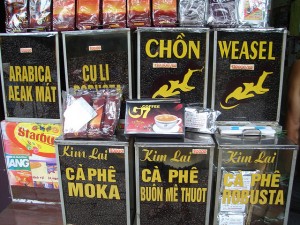 In a country where snake blood is an occasional meal choice it may not come as a surprise that the most popular Vietnamese cafes offer a rather interesting menu choice: weasel coffee.
In a country where snake blood is an occasional meal choice it may not come as a surprise that the most popular Vietnamese cafes offer a rather interesting menu choice: weasel coffee.  Although recognized in Vietnam, the Gregorian New Year has not been generally accepted in the country and particularly in the countryside. So Tet is a lot more than just the New Year spent in the West.
Although recognized in Vietnam, the Gregorian New Year has not been generally accepted in the country and particularly in the countryside. So Tet is a lot more than just the New Year spent in the West. 